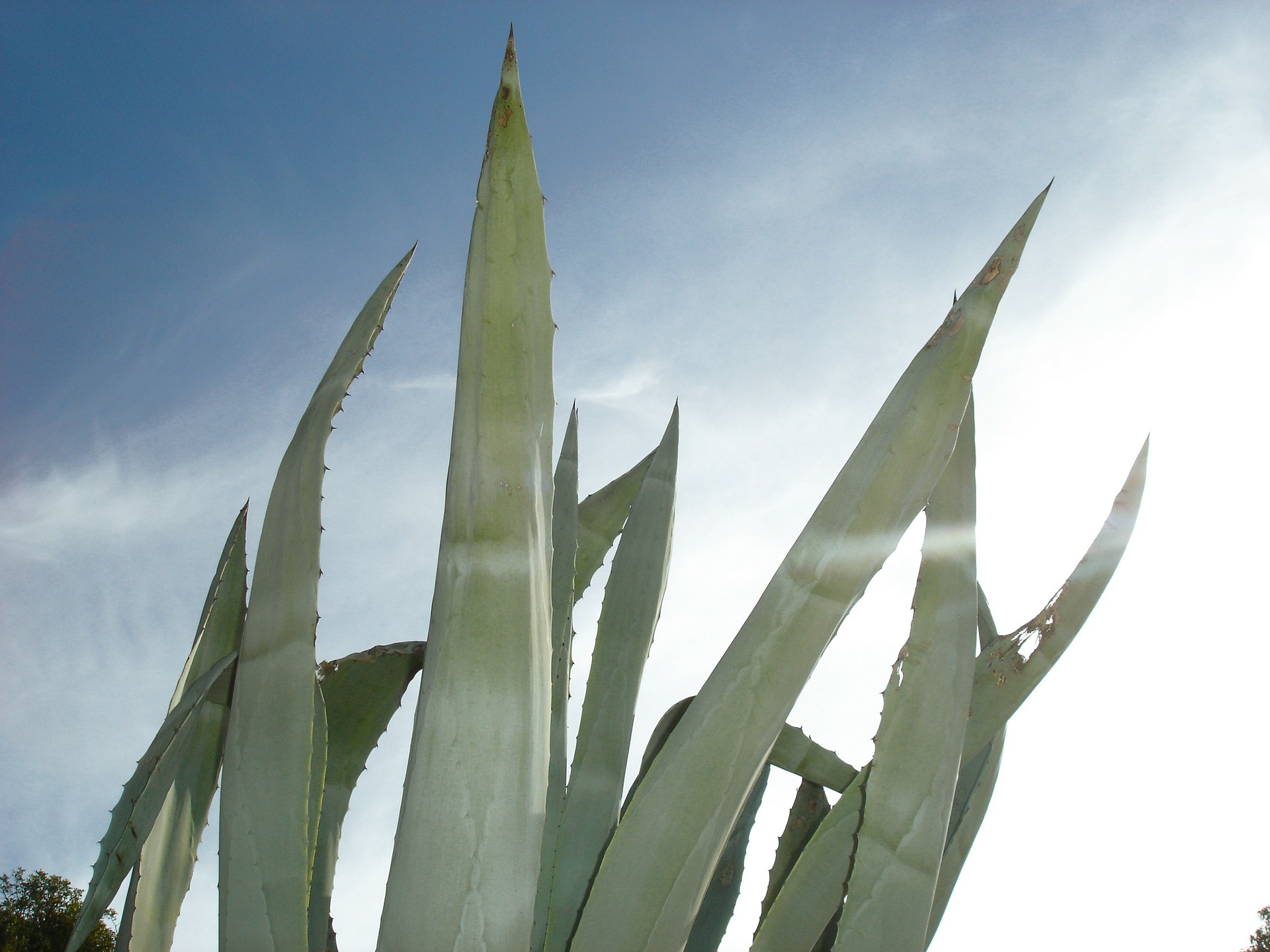Mezcal: Mexico’s Most Misunderstood Spirit Explained

If you’ve ever ordered a cocktail with mezcal and felt like you just took a sip of a campfire, you’re not alone. For years, that was my first impression too—smoky, harsh, and confusing. But after spending more than 10 years tasting, touring mezcal palenques (distilleries), and talking with master mezcaleros across Oaxaca and beyond, I’ve learned one truth: mezcal isn’t meant to taste like smoke—it’s meant to taste like Mexico.
In this guide, I’ll help you understand what mezcal really is, how it’s made, what makes it so complex, and how to find one that fits your taste. Whether you’re a casual drinker or a craft spirit explorer, by the end you’ll see mezcal for what it truly is: one of the world’s most fascinating and soulful spirits.
What Exactly Is Mezcal?

Let’s start simple. Mezcal is a distilled spirit made from the agave plant, native to Mexico. In fact, the word itself comes from the Nahuatl term metl ixcalli, which means “cooked agave.” That’s the heart of the story—mezcal is literally the transformation of roasted agave into liquid art.Learn more from the Consejo Regulador del Mezcal (CRM), the official body overseeing mezcal production.
All tequila is mezcal, but not all mezcal is tequila. Tequila is made only from Blue Weber agave in five regions of Mexico, while mezcal can be made from over 40 varieties of agave in nine different states—including Oaxaca, Durango, Guerrero, and Puebla.You can read more about the agave family on the ScienceDirect agave research hub.
The Agave: Heart and Soul of Mezcal

Some of the most popular agaves used in mezcal include:
- Espadín: Smooth, approachable, slightly sweet.
- Tobalá: Wild, floral, fruity.
- Tepeztate: Bold, vegetal, peppery finish.
- Arroqueño: Large, earthy, and complex.
How Mezcal Is Made (The Traditional Way)

The traditional process includes:
- Harvesting the Piñas: Hand-cut with a machete or coa.
- Cooking in Earthen Pits: Roasted underground for 3–4 days.
- Crushing the Agave: With tahona or mechanical mills.
- Fermentation: Wild, open-air fermentation in wooden or clay vessels.
- Distillation: Copper or clay stills, sometimes with pechuga infusion.
Artisanal vs. Industrial Mezcal
| Feature | Artisanal / Ancestral Mezcal | Industrial Mezcal |
|---|---|---|
| Cooking Method | Roasted in earthen pits | Cooked in autoclaves or diffusers |
| Fermentation | Natural, open-air | Controlled, with added yeast |
| Distillation | Copper or clay stills | Column stills (efficient, but flavorless) |
| Scale | Small, local palenques | Large factories |
| Flavor | Complex, earthy, rich | Clean but flat |
Why Some Mezcals Taste Too Smoky
Excessive smokiness often comes from:
- Stills too close to the roasting pit.
- Overcooked agave.
- Artificial smoke flavors in industrial products.
How to Drink Mezcal the Right Way
Sip, don’t shoot. Use a small clay cup or narrow glass. Drink it neat at room temperature, smell first, and pair thoughtfully with orange slices, dark chocolate, or Oaxacan cheese.
How to Choose a Good Mezcal
Look for labels with Mezcal Artesanal or Mezcal Ancestral. Pay attention to agave type, origin, proof, and transparency of production.
The Future of Mezcal
Protecting mezcal’s roots involves sustainable harvesting, fair pay for mezcaleros, and transparency. Small producers are also planting wild agave species and investing in cooperatives.Learn how sustainability is shaping mezcal in the The Race to Save Mezcal From the World.
Conclusion
Mezcal is about authenticity—honoring the land, the plant, and the people. Take it slow, sip it, and enjoy the story in every bottle. Para todo mal, mezcal; y para todo bien, también.
FAQs About Mezcal
1. Is mezcal stronger than tequila?
Yes, usually. Most mezcals range from 45% to 55% ABV, compared to tequila’s average 40%. Strength is balanced by complexity and depth of flavor.
2. Why is mezcal smoky?
Agave hearts are roasted underground in stone pits. Quality mezcal has subtle, natural smokiness—not overpowering.
3. How should I store mezcal?
Keep it sealed and away from direct sunlight. Unlike wine, it doesn’t age in the bottle but remains stable for years if stored properly.